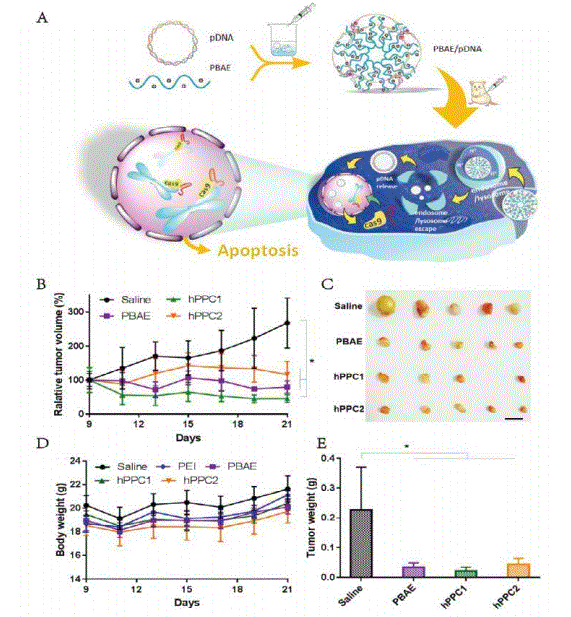5th International Conference on Oncology & Virology
July 25-26, 2019 | Holiday Inn Rome Aurelia, Rome, Italy
Polyamide-amine-poly (β-aminoester) Hyperbranched Copolymer for Delivery of CRISPR/Cas9 System and Treatment of HPV Infection Associated Cervical Cancer
1Department of Gynecological oncology, Precision Medicine Institute, The First Affiliated Hospital, Sun Yat-Sen University, China
2Department of Neurology, First Affiliated Hospital, Sun Yat-Sen University, China
Background: Persistent high-risk HPV infection is recognized as the main factor of cervical cancer and HR-HPV oncogenes E6 and E7 play an important role in HPV carcinogenesis. Currently there is no effective treatment for HPV persistent infection. CRISPR/Cas9 system as one of the most promising genome-editing systems provided a powerful tool for the prevention and treatment of HPV infection. But effective and safe delivery of the CRISPR/Cas9 gene-editing elements remains a challenge.
Methods: A polyamide-amine (PAMAM)-poly(β-amino ester) hyperbranched copolymer (hPPC) was synthesized based on generation of PAMAM (PAMAM-G0) to deliver CRISPR/Cas9 system. We evaluated the transfection efficiency and cytotoxicity of hPPCs on HPV-positive cells (SiHa and HeLa) and SiHa ectopic xenografts nude mice model. Then we explored the growth inhibition of cervical cancer cells by using hPPC-CRISPR composite nanoparticles both invitro and invivo.
Results: We investigated the ability of hPPC to compress plasmid and the resultant polyplex NPs and evaluated the transfection efficiency and cytotoxicity of the system. Our hPPCs polyplex NPs showed low toxicity in cells and mouse organs. Both systems are tested in vitro and in vivo to evaluate their therapeutic potential. By reducing the expression of HPV16/18 E7, our hPPCs polyplex NPs could inhibit the growth of cervical cancer cells and xenograft tumors in nude mice.
Conclusion: hPPCs polyplex NP scan efficiently delivery CRISPR/Cas9 system, and HPV-targeting hPPCs polyplex NPs could potentially be developed as drugs to treat HPV infection and HPV-related cervical cancer.

Biography:
Zhuang Jin is a PhD student, presently working under the supervision of Professor Zheng Hu (Doctoral Supervisor, Chief Special Scientist of the Ministry of Science and Technology, Young Top Talents in Ten-thousand Talents Program)


